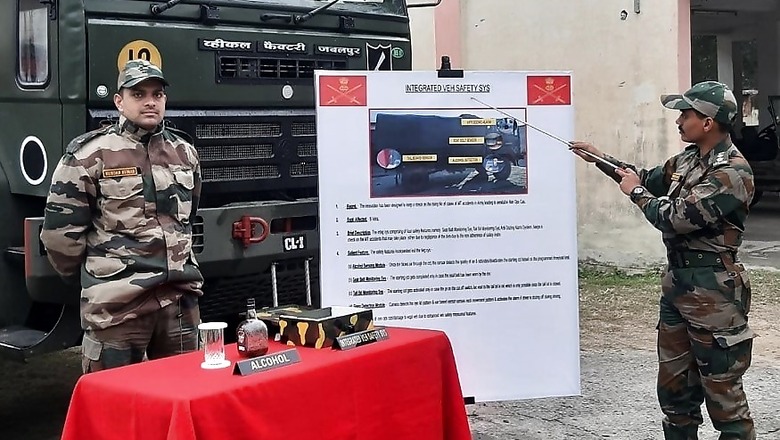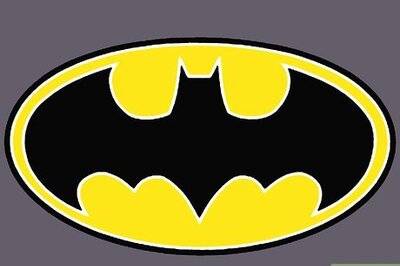
views
Captain Onkar Kale of the Indian Army and his team have developed an Integrated Vehicle Safety System for Army trucks to check drunk driving. Military vehicles won’t start if the driver has consumed alcohol or if the driver is not wearing a seat belt. The system has been developed to cut down accidents in the force.
Captain Onkar Kale and his team have developed an Integrated Vehicle Safety System for Army trucks in which the vehicle won’t start if the driver has consumed alcohol or if the driver is not wearing a seat belt. The system has been developed to cut down accidents in the force. pic.twitter.com/gtEjpVeN0z — ANI (@ANI) December 28, 2019
While there are technologies in the west to check drunk driving and alert drivers of attention deficit, India is yet to get such technology at a mass scale, or for commercial usage.
Last year, Uttarakhand researchers have developed a new technology from waste that will prevent vehicles from operating if the driver is drunk. The Uttarakhand Residential University in Almora and Haldwani-based RI Instruments and Innovation India have jointly produced a device that will make driving difficult if the driver is in an inebriated condition or feeling drowsy or is speaking on the mobile phone. A team comprising R.P. Joshi, Akash Pandey and Kuldeep Patel developed a prototype that will be based on graphene generated from waste products and wild grasses as one of the components.
Graphene has an important role in the device as graphene-coated electrodes can catalyse the process of oxidation of ethyl alcohol into acetic acid. The concentration of alcohol will automatically disconnect the device, Joshi told IANS. The driver, while at the driving seat, has to blow the graphene sensor on the device to start the vehicle. This will immediately activate the sensor that will analyse and estimate the liquor content present in the blood of the driver.
The engine of the vehicle will not start in case the presence of liquor is more than the prescribed limit under the Motor Vehicle Act, Joshi said. If the driver gets someone else to blow the graphene-coated sensor, the infrared feature of the sensor will analyse it and the vehicle will not start. In case the driver feels sleepy while driving, the object and imaging module of the sensor will analyse his eye movements and will alert the co-passengers. The imaging technique will also send an alert in case the driver is talking on his mobile phone.
With Inputs from IANS




















Comments
0 comment